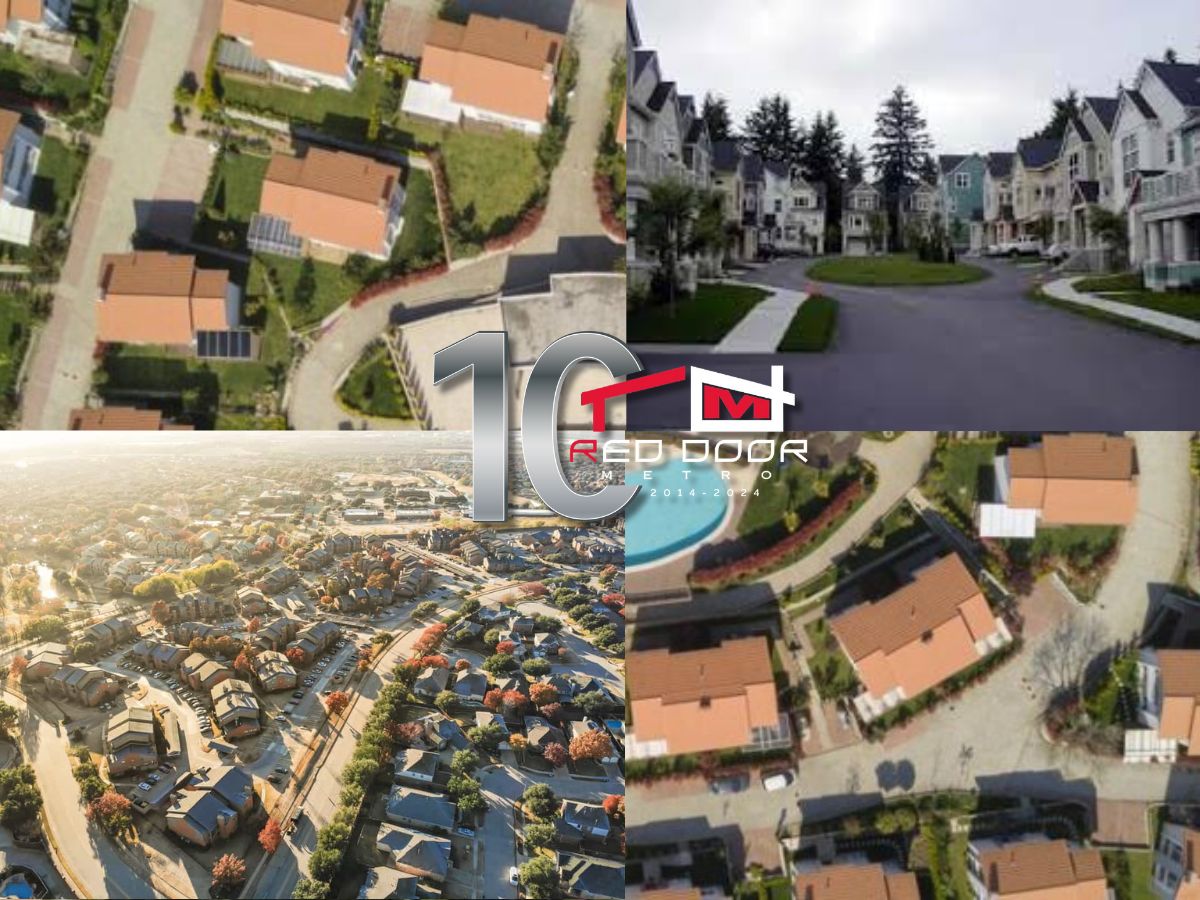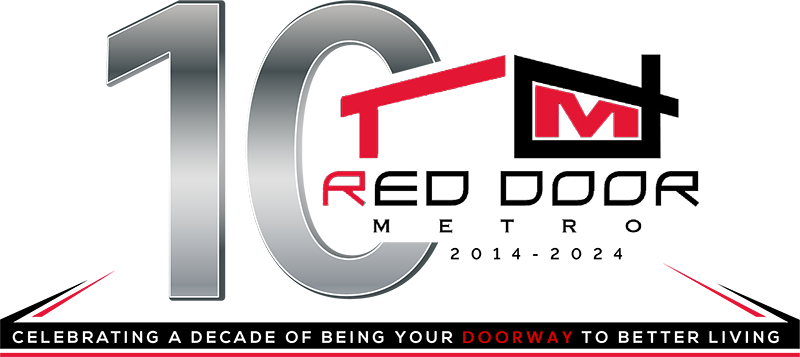
What is a PUD?
In real estate, PUD stands for “Planned Unit Development.” A PUD is a type of housing development where homes, condos, or townhouses are built in a planned community. Each property within a PUD typically has its own lot or unit, but there are also shared spaces and amenities for all residents to enjoy.
How PUDs Differ from Other Types of Housing
Traditional Neighborhoods:
- In traditional neighborhoods, homes are usually built on individual lots with little shared space.
- Amenities like parks or pools may be available, but they’re often public and not exclusive to residents.
Condominiums:
- Condos are individual units within a larger building or complex.
- Residents typically own their individual units but share ownership of common areas like hallways, lobbies, and amenities.
Townhouses:
- Townhouses are attached homes with shared walls.
- Each townhouse usually has its own small yard or patio, but common areas like roads and landscaping are often shared.
Key Features of PUDs
- Planned Community: PUDs are carefully designed with a cohesive vision for the entire development.
- Shared Amenities: Residents often have access to amenities like parks, playgrounds, swimming pools, and clubhouse facilities.
- Homeowners’ Association (HOA): PUDs typically have an HOA responsible for maintaining common areas and enforcing community rules.
- Flexibility: PUDs often offer a variety of housing types and styles to accommodate different preferences and budgets.
- Covenants and Restrictions: Residents may be subject to certain rules and regulations outlined in the community’s covenants and restrictions.
Pros and Cons of Living in a PUD
Pros:
- Community Atmosphere: PUDs often foster a strong sense of community, with opportunities for socializing and neighborly interaction.
- Amenities: Access to shared amenities can enhance quality of life and provide recreational opportunities.
- Maintenance: HOA-managed maintenance can relieve homeowners of some responsibilities, such as lawn care and exterior maintenance.
Cons:
- HOA Fees: Residents must pay regular HOA fees to cover maintenance and amenities, which can vary widely depending on the community.
- Rules and Regulations: Some residents may find the community’s rules and restrictions restrictive or burdensome.
- Lack of Privacy: Shared amenities and close proximity to neighbors may result in less privacy compared to single-family homes.
In Conclusion
Planned Unit Developments (PUDs) offer a unique housing option that combines the benefits of a planned community with the privacy of individual homeownership. Understanding the features and differences between PUDs and other types of housing can help prospective buyers make informed decisions about their real estate choices.
FAQ
What is a PUD?
- A PUD, or Planned Unit Development, is a housing development where homes are built in a planned community with shared amenities and common spaces.
2. How does a PUD differ from traditional neighborhoods?
- Unlike traditional neighborhoods, PUDs have carefully planned layouts with shared amenities and often feature diverse housing options.
3. What types of housing are typically found in a PUD?
- PUDs can include single-family homes, townhouses, condominiums, or a mix of these housing types within the same community.
4. What are some common amenities in a PUD?
- Common amenities in PUDs may include parks, playgrounds, swimming pools, clubhouse facilities, and walking trails.
5. What is the role of a Homeowners’ Association (HOA) in a PUD?
- The HOA in a PUD is responsible for maintaining common areas, enforcing community rules, and collecting dues from residents to fund upkeep and amenities.
6. Are residents required to pay HOA fees in a PUD?
- Yes, residents in a PUD are typically required to pay regular HOA fees to cover maintenance and amenities provided by the community.
7. What are some advantages of living in a PUD?
- Advantages of living in a PUD include access to shared amenities, a sense of community, and HOA-managed maintenance of common areas.
8. What are some drawbacks of living in a PUD?
- Drawbacks of living in a PUD may include HOA fees, adherence to community rules and restrictions, and potentially less privacy compared to single-family homes.
9. Can residents customize their homes in a PUD?
- Depending on the community’s rules and regulations, residents may have some flexibility to customize their homes within certain guidelines.
10. How can I learn more about a specific PUD before buying a home?
- Before buying a home in a PUD, it’s advisable to review the community’s covenants, restrictions, and HOA rules, as well as visit the neighborhood and speak with current residents to get a better understanding of the community dynamics.
About the Author:
 George M Mrad is the CEO/Founder of Red Door Metro with Keller Williams Metro Center. He brings dynamic leadership and a proven track record in sales management, customer service, and operations. With a background in real estate spanning from Debbie Dogrul Associates to Saab Realtors, George has demonstrated his expertise in driving growth and achieving high-yield returns through strategic investments. He is a sought-after consultant known for his business acumen and commitment to excellence across various industries in the D.C. metro area.
George M Mrad is the CEO/Founder of Red Door Metro with Keller Williams Metro Center. He brings dynamic leadership and a proven track record in sales management, customer service, and operations. With a background in real estate spanning from Debbie Dogrul Associates to Saab Realtors, George has demonstrated his expertise in driving growth and achieving high-yield returns through strategic investments. He is a sought-after consultant known for his business acumen and commitment to excellence across various industries in the D.C. metro area.


